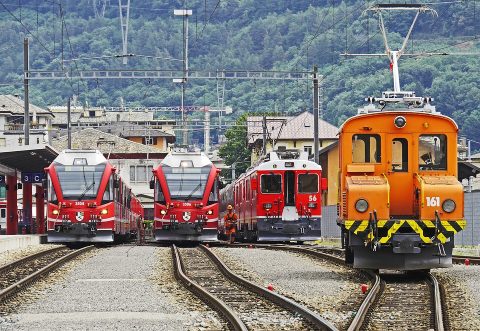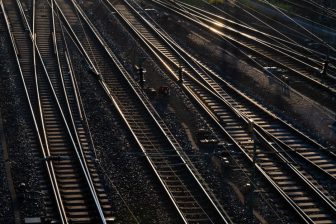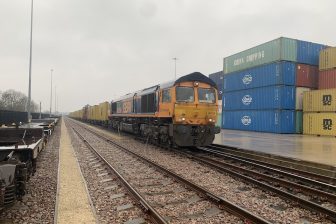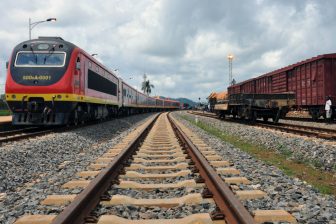
Iran to connect freight hubs by rail
Iran wants to link its major freight hubs by railway. This has been set as a main priority for this Iranian calendar year. The government wants to boost domestic production and investing in the rail sector is one of the ways to do this, it believes.
This was reported by Mehr news agency. The Iranian government also wants to boost the efficiency of its railway fleet and network through benefitting from the most available capacities, Saeed Rasouli, head of the Islamic Republic of Iran Railways (RAI) explained. Last week, Rasouli announced that his organisation and the ministry of industry have come to an agreement on supporting domestic production in the railway sector.
The government has already started realising the railway network of freight hubs, but an agenda has been set for the entire rollot of the project. Accordingly, this is to take several years. A task force has been set up for the implementation.
Iranian fleet
According to the news outlet, the official has revealed a budget of 20 trillion rials (about 421.4 million euros) for the renovation of 1000 freight and passenger wagons and locomotives this Iranian calendar year. This amount has been allocated by the Planning and Budget Organisation.
In doing this, Iran wants to rely on domestic manufacterers. At the 7th International Exhibition of Rail Transportation that took place on 12 June in Tehran, Iran’s transport minister unveiled an Iranian-made freight locomotive. “This new locomotive can reduce its supply costs to one-sixth while being able to compete with foreign rivals,” IRNA quoted Mohammad Eslami as saying.
Iranian railway network
Iran currently has 13,000 kilometres of railway, which it wants to expand to more than 16,400 kilometres. It has set this goal in its Sixth National Five-Year Development Plan (2016-2021). Currently some 33 million tonnes of goods are transported by rail, representing 9 per cent of the total freight transportation in the country.
Apart from domestic importance, Iran is also strategically located to play a role on the international rail freight map. Iran is one of the main transit countries on what is referred to as ‘the southern routes’ on the New Silk Road. Together with Turkey, it provides transit to south-east European countries such as Bulgaria, Greece or Romania. In the other direction, freight traffic travels through Iran on the way to China, India, Pakistan and Afghanistan. Moreover, the North-South Transport Corridor connects Russia to India via Iran and has several branches serving nearby destinations.





